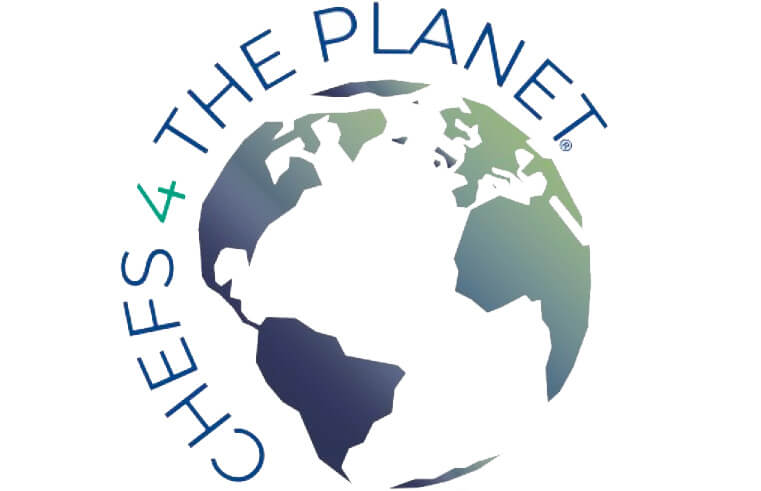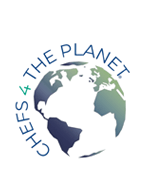Slumped in the darkness of a narrow corridor lies a pig with hopeless eyes. Each strand of hair is defined, and every line, wrinkle and crease on its body seems to express the cruel conditions of its life. The photo, by Finnish photojournalist Kristo Muurimaa, is just one of the many shocking images compiled in the photo book Hidden. Created by photojournalist and animal rights activist Jo-Anne McArthur, Hidden sheds light on industrial scale factory farms and slaughterhouses and is an indictment of the meat industry.
McArthur and 39 photographers from 16 countries who contributed to the book are unflinching and unapologetic about what they reveal. “My best images are those when I am up close with a wide angle: the calf in the wheelbarrow, being put into a crate; the rabbit, ears back, visibly next in line for slaughter,” says McArthur.
Joaquin Phoenix, who at this year’s Oscars used his acceptance speech for best actor to advocate for veganism, has written the book’s foreword. “The photojournalists represented in Hidden have entered some of the darkest, most unsettling places in the world,” he says. “The images they have captured are a searing reminder of our unpardonable behaviour towards animals and will serve as beacons of change for years to come.”
One image, by Polish photojournalist Andrew Skowron, reveals dishevelled chickens hanging by their feet from a conveyor belt of metal shackles, approaching human hands who will cut their throats. Like the rest of the book, it presents images of the short, confined lives of farmed animals from birthing pen to slaughterhouse floor. As Hidden contributor Stefano Belacchi puts it: “We must always remember that those animals portrayed in these photos will be dead when the public sees them. I feel a big responsibility when I think about that.”
McArthur has long used photojournalism to advocate for animal rights. “Animal photojournalism demands radical empathy and self-awareness,” she says. “Viewers must de-centre themselves and consider the world through the eyes of a different species, while holding the truth of humanity’s undeniable role in the story.” She also points out that in bringing these images to light, “it poses a fundamental threat to deeply embedded societal systems that continue, largely unchallenged. Seeking out these visual stories is itself an act of resistance.”
Read the rest here: https://www.theguardian.com/artanddesign/2020/nov/18/some-of-the-darkest-places-in-the-world-joaquin-phoenix-on-a-photobook-about-slaughterhouses


